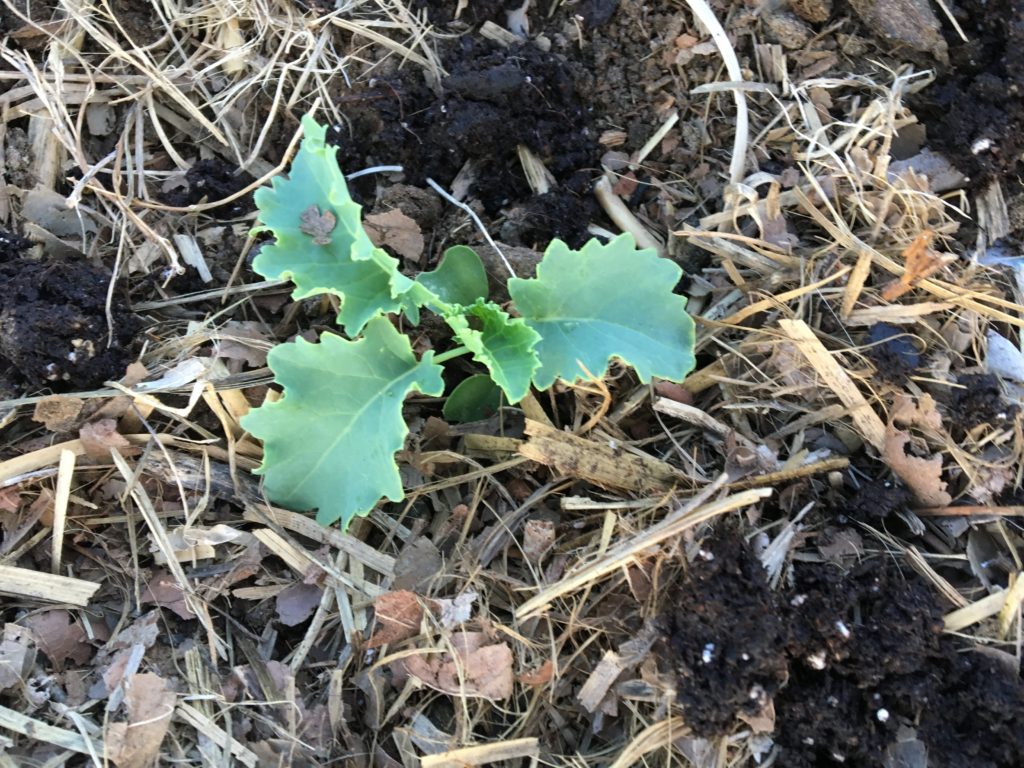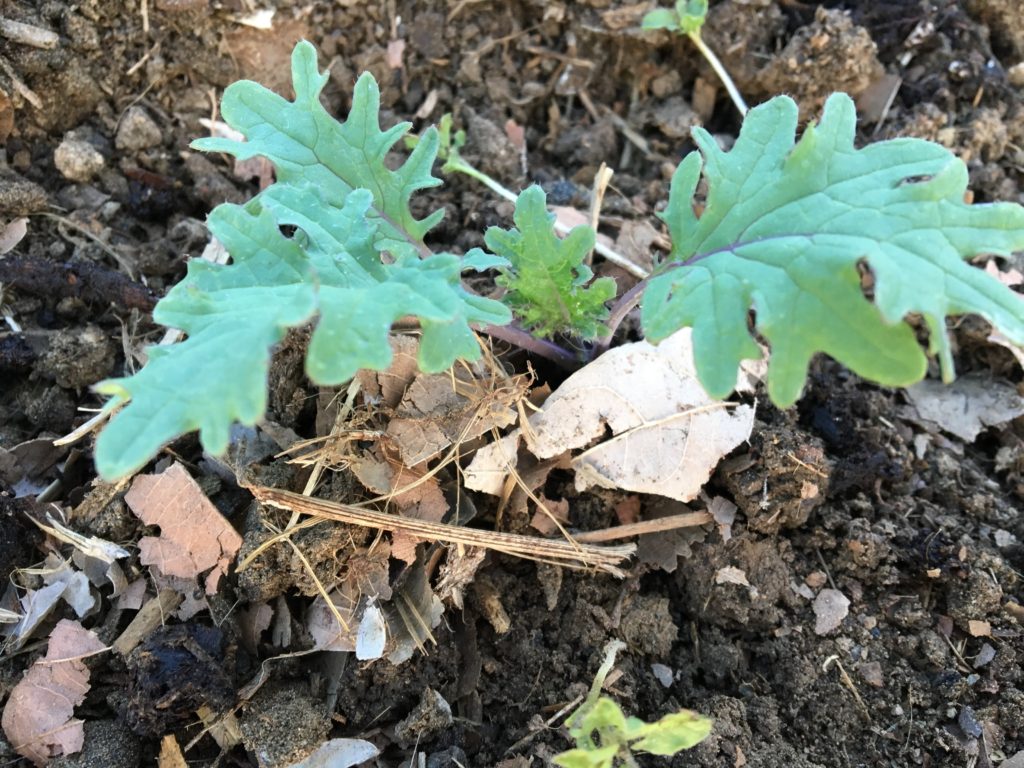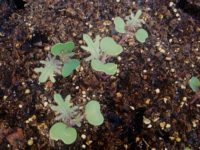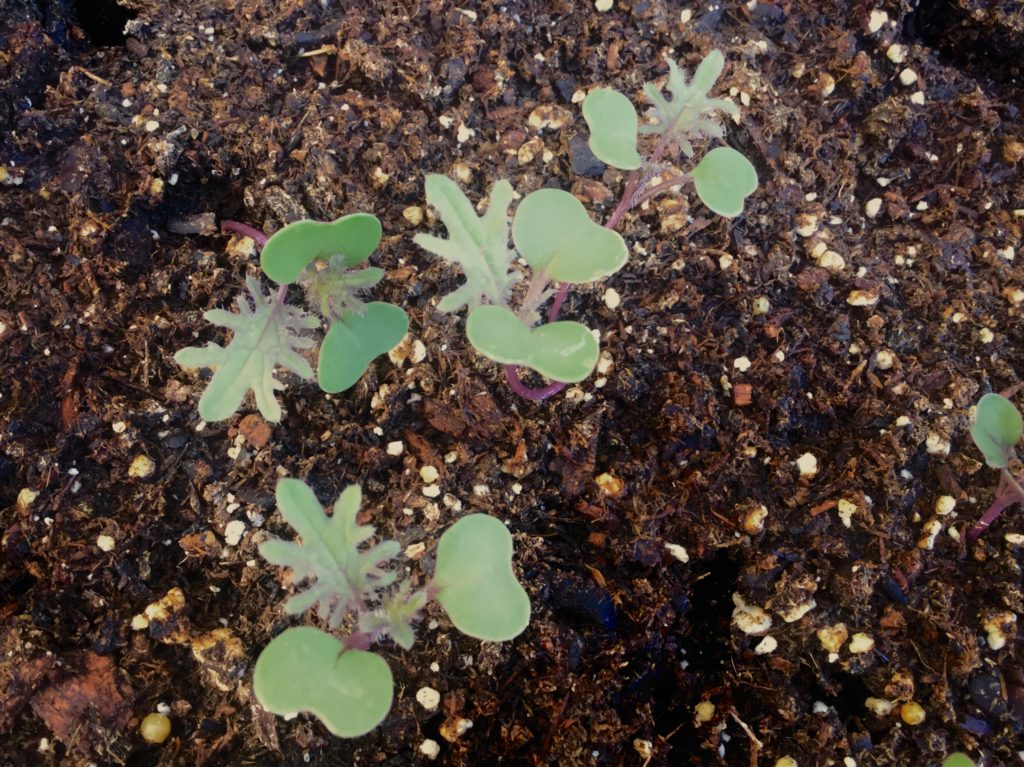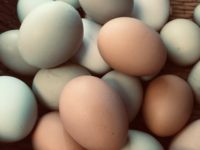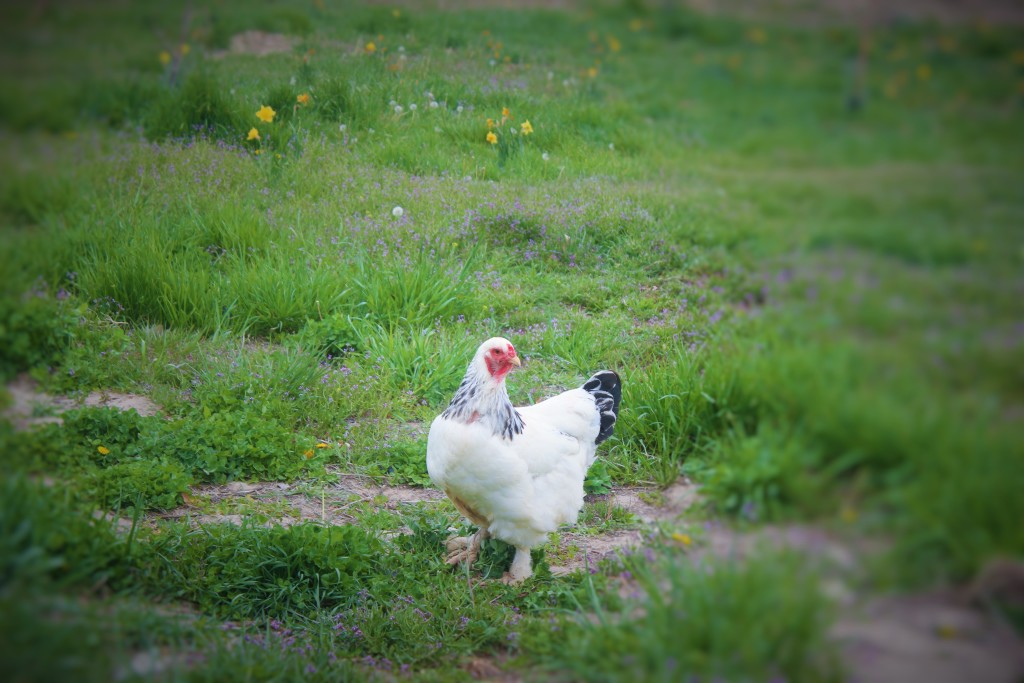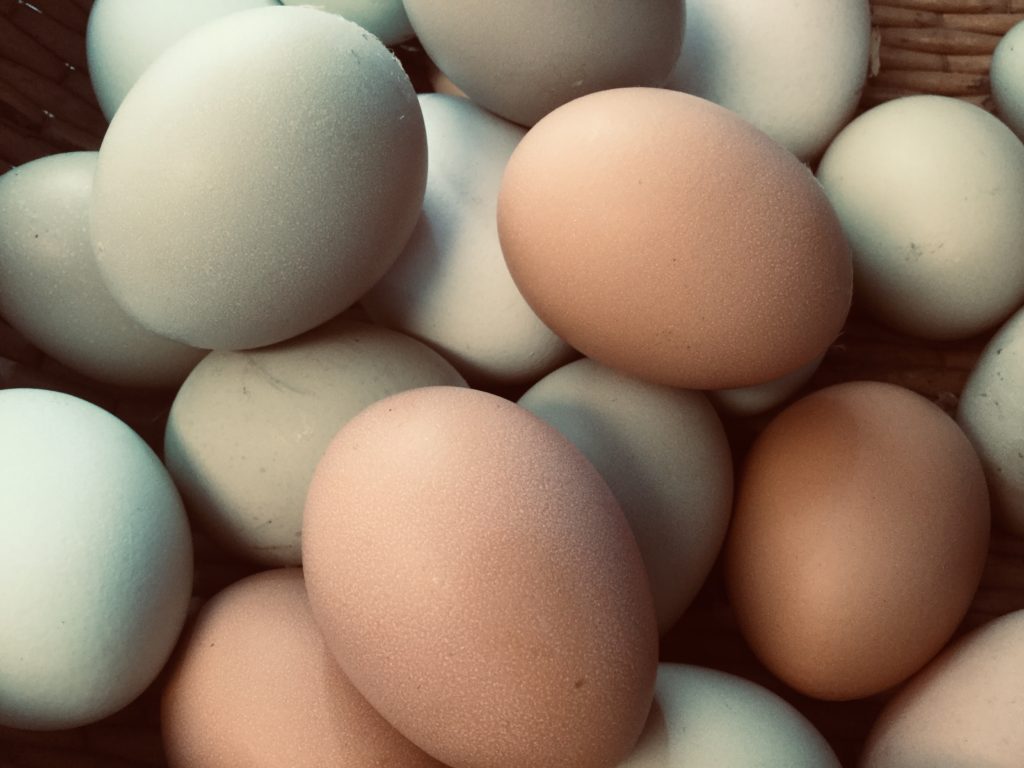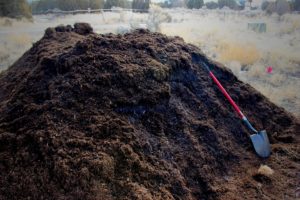
Despite being February and technically still winter, it is spring here on the farm.
I love spring.
All summer long I am busy making compost, in “cold” piles and with the chickens but as much as I work to make as much compost as I can there is never enough. Because of this and because we are adding 450 feet of market beds we purchased and had compost trucked in.
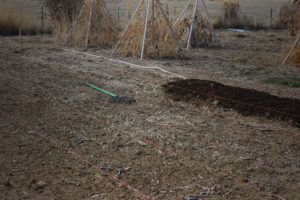 Last Fall we staked out the new garden. Previous it had been a big pumpkin patch, but we needed to move it because of squash bug issue and I wanted my new market beds closer to the established garden area. The pumpkins will go in the new, raw area, they are a good plant to break in a new place. We made each bed 30″ wide and 50′ long.
Last Fall we staked out the new garden. Previous it had been a big pumpkin patch, but we needed to move it because of squash bug issue and I wanted my new market beds closer to the established garden area. The pumpkins will go in the new, raw area, they are a good plant to break in a new place. We made each bed 30″ wide and 50′ long.
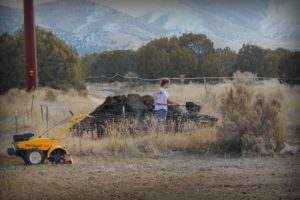 Not wanting to disturb the soil already there and not wanting to churn up weed seeds we are laying six inches of compost right on top of the soil and not mixing it in. Well made compost can be planted directly in, it won’t be too hot. The isles will be planted with mini clover, that will help keep the weeds and dust down and when it is mowed we will rake the clippings right into the garden beds, and as the plants grow we will add mulch and cover crops.
Not wanting to disturb the soil already there and not wanting to churn up weed seeds we are laying six inches of compost right on top of the soil and not mixing it in. Well made compost can be planted directly in, it won’t be too hot. The isles will be planted with mini clover, that will help keep the weeds and dust down and when it is mowed we will rake the clippings right into the garden beds, and as the plants grow we will add mulch and cover crops.
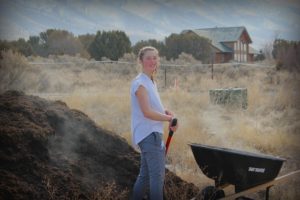 I love this picture, it shows the steaming compost both in the pile and in the wheelbarrow. This shows how well the microbe activity is, good healthy microbes mean good healthy soil. It is also nice on a cool morning to be able to warm up at the pile!
I love this picture, it shows the steaming compost both in the pile and in the wheelbarrow. This shows how well the microbe activity is, good healthy microbes mean good healthy soil. It is also nice on a cool morning to be able to warm up at the pile!
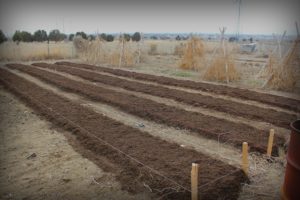
Our beds are all ready to go. In about two weeks I will be starting seeds indoors to be planed out the first part of April. The Peas will be direct seeded mid-march, carrots and beets will also be direct sown in April.
I am so excited for the season to begin!

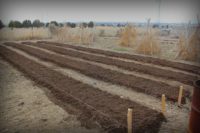
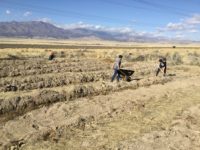
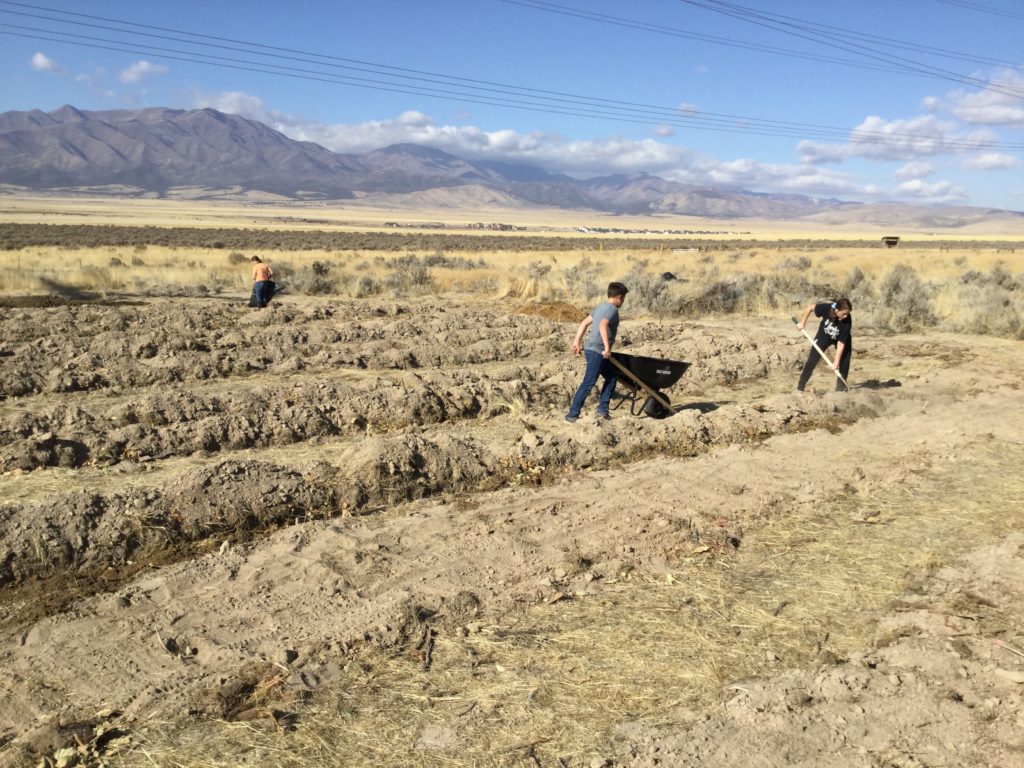
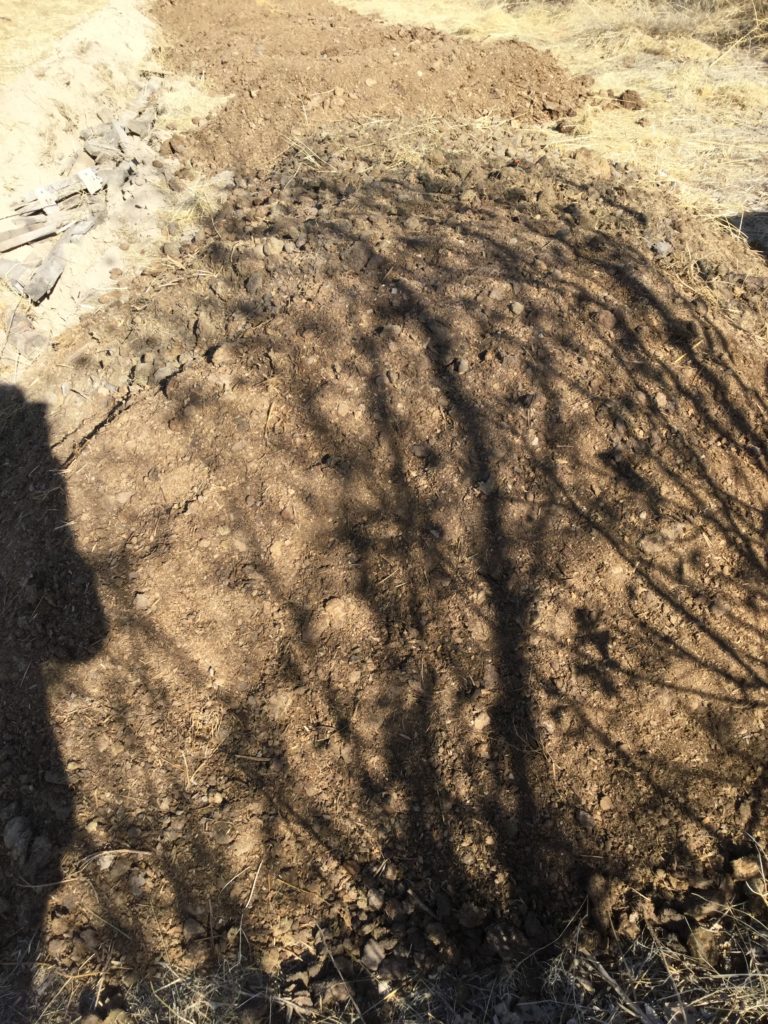
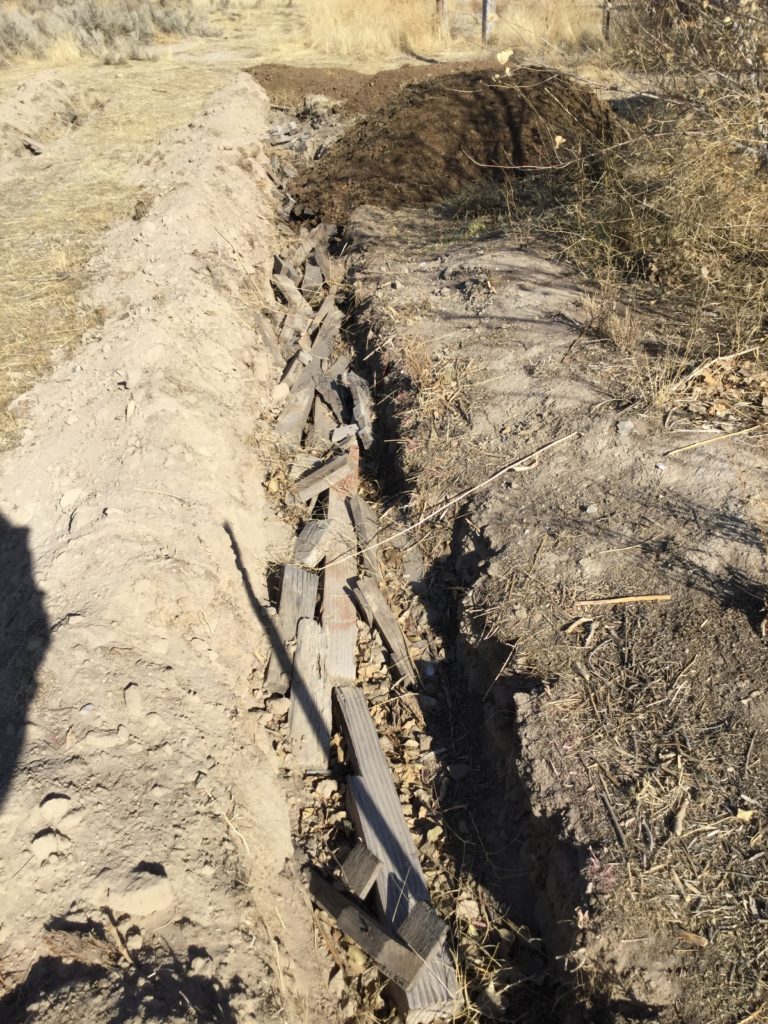
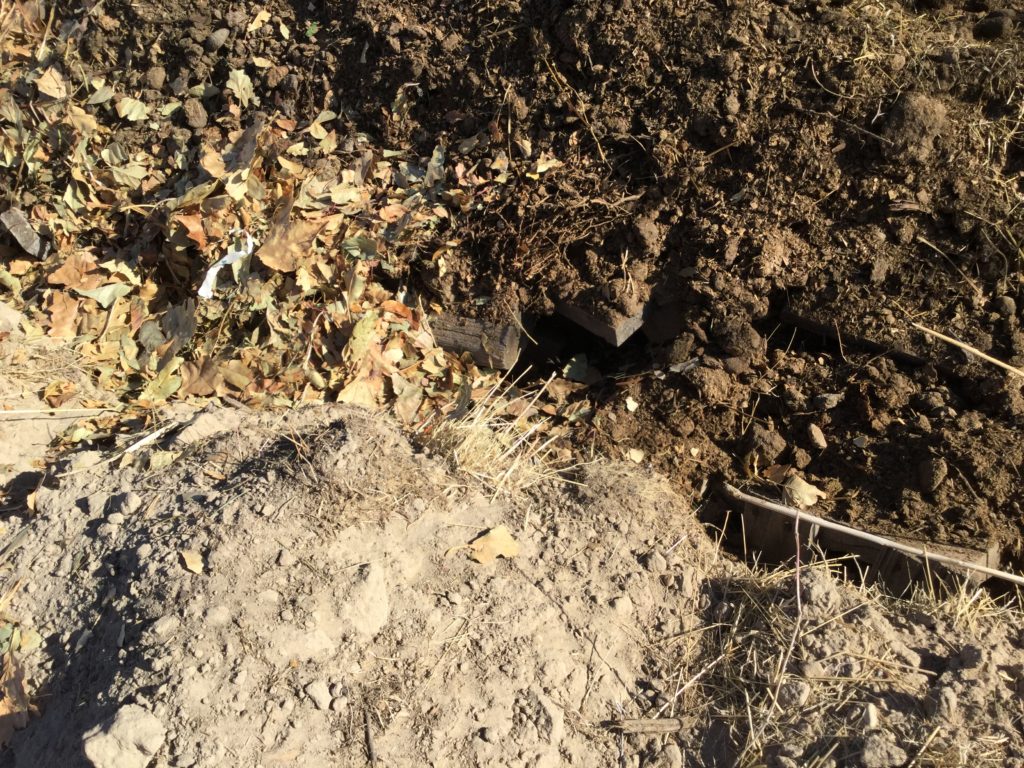
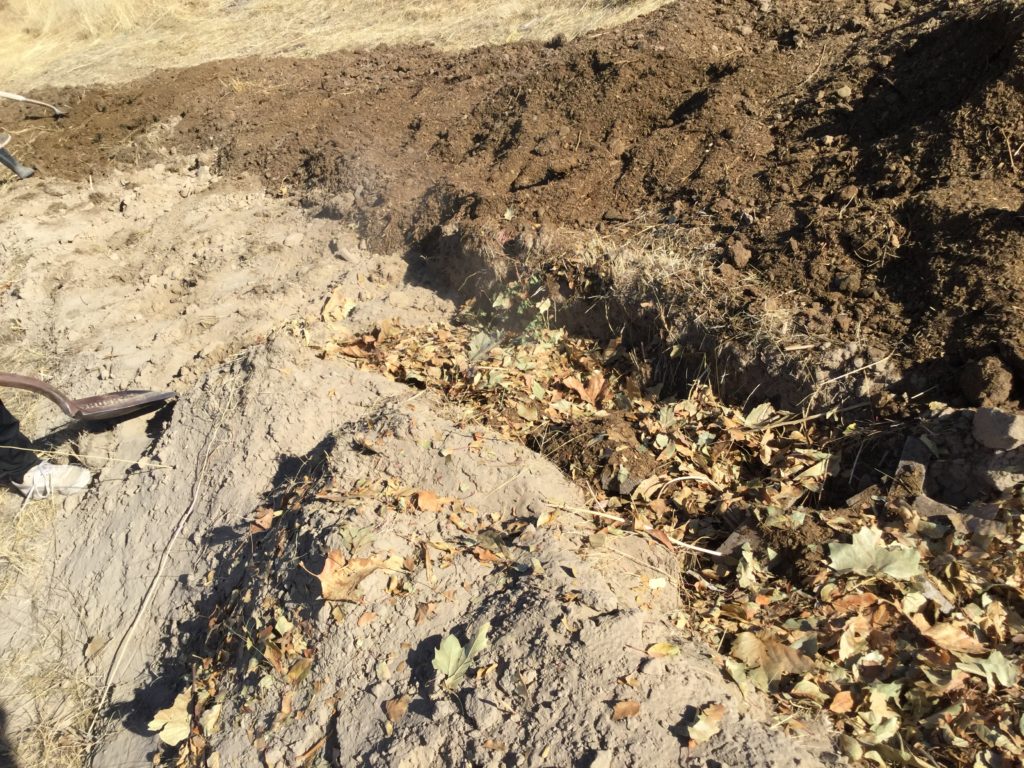
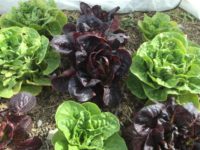
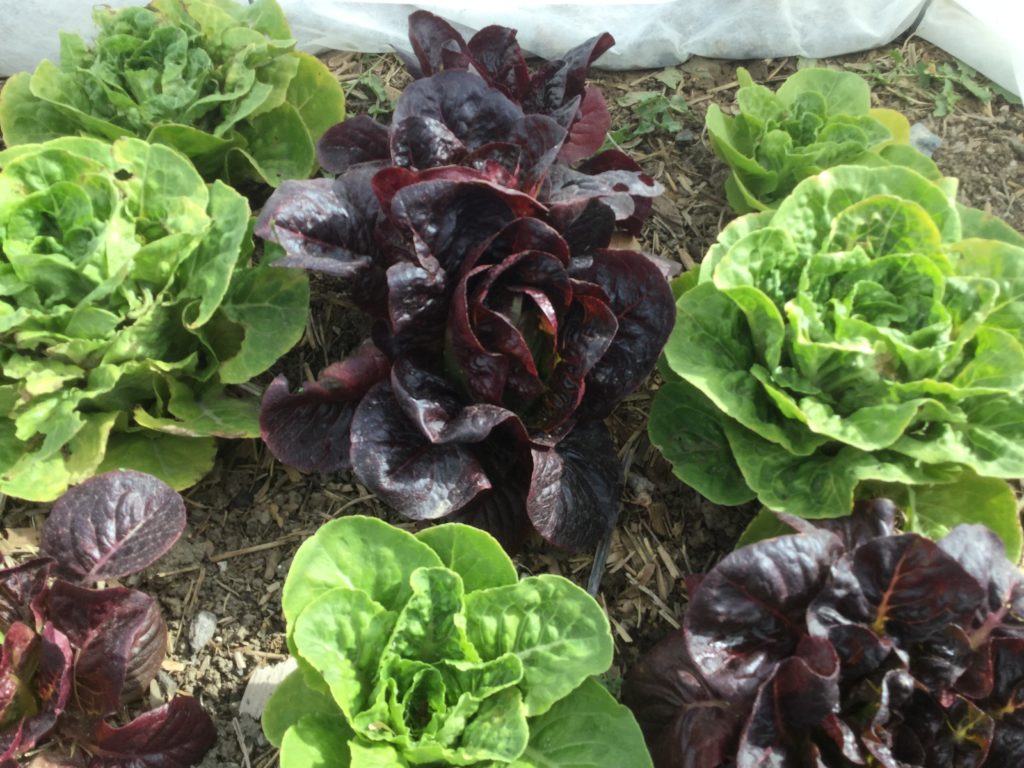 Late this season, about the end of August I decided to experiment with a late planting of lettuce. In the past I have kept my lettuce growing to the spring then quit when it got hot and the lettuce went bitter and bolted. If you live in a place where the summers get hot and you want lettuce throughout the summer you must do close succession planting. I just never bothered. I was only planting a garden for my family, but my first summer as a market garden had me thinking a little differently about lettuce.
Late this season, about the end of August I decided to experiment with a late planting of lettuce. In the past I have kept my lettuce growing to the spring then quit when it got hot and the lettuce went bitter and bolted. If you live in a place where the summers get hot and you want lettuce throughout the summer you must do close succession planting. I just never bothered. I was only planting a garden for my family, but my first summer as a market garden had me thinking a little differently about lettuce.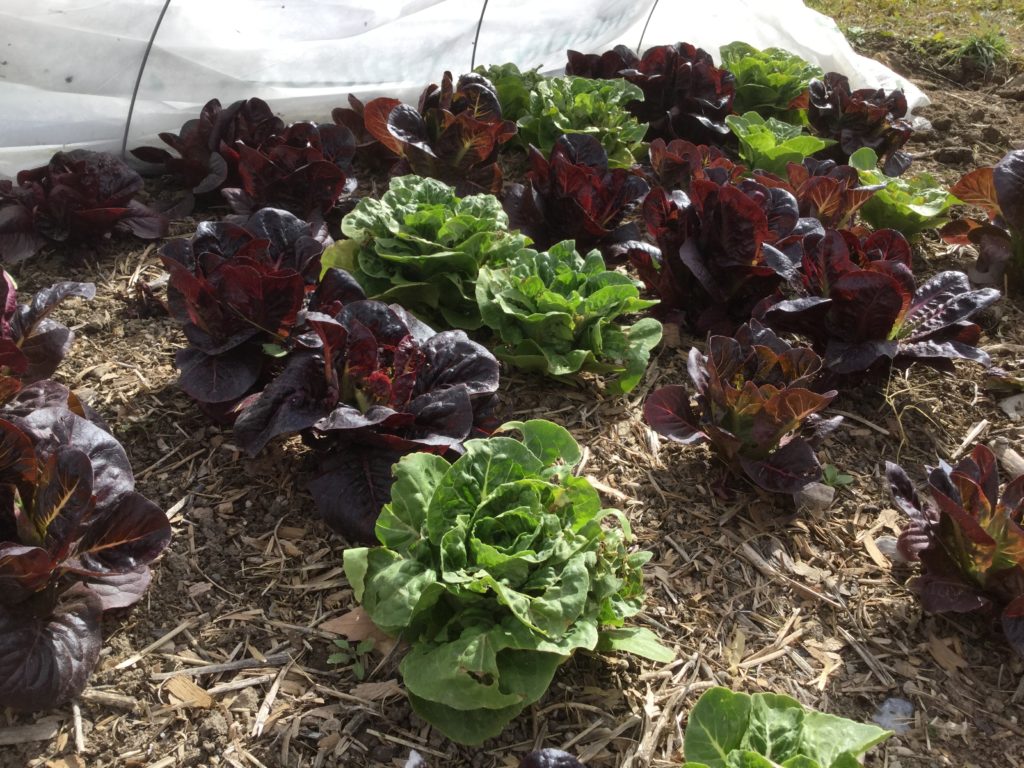 I wondered if I could plant a very late crop and be successful into October. At the end of August I planted seeds into soil blocks and tended and waited. after about two and a half weeks they were set out in the garden. They did beautifully. I was so excited watching them, anticipating sweet little heads of lettuce those last few weeks at market. We even successfully held them over through a hard freeze that took out the rest of the garden, by erecting temporarily tunnels covered with floating row cover and a thick blanket during the nights.
I wondered if I could plant a very late crop and be successful into October. At the end of August I planted seeds into soil blocks and tended and waited. after about two and a half weeks they were set out in the garden. They did beautifully. I was so excited watching them, anticipating sweet little heads of lettuce those last few weeks at market. We even successfully held them over through a hard freeze that took out the rest of the garden, by erecting temporarily tunnels covered with floating row cover and a thick blanket during the nights.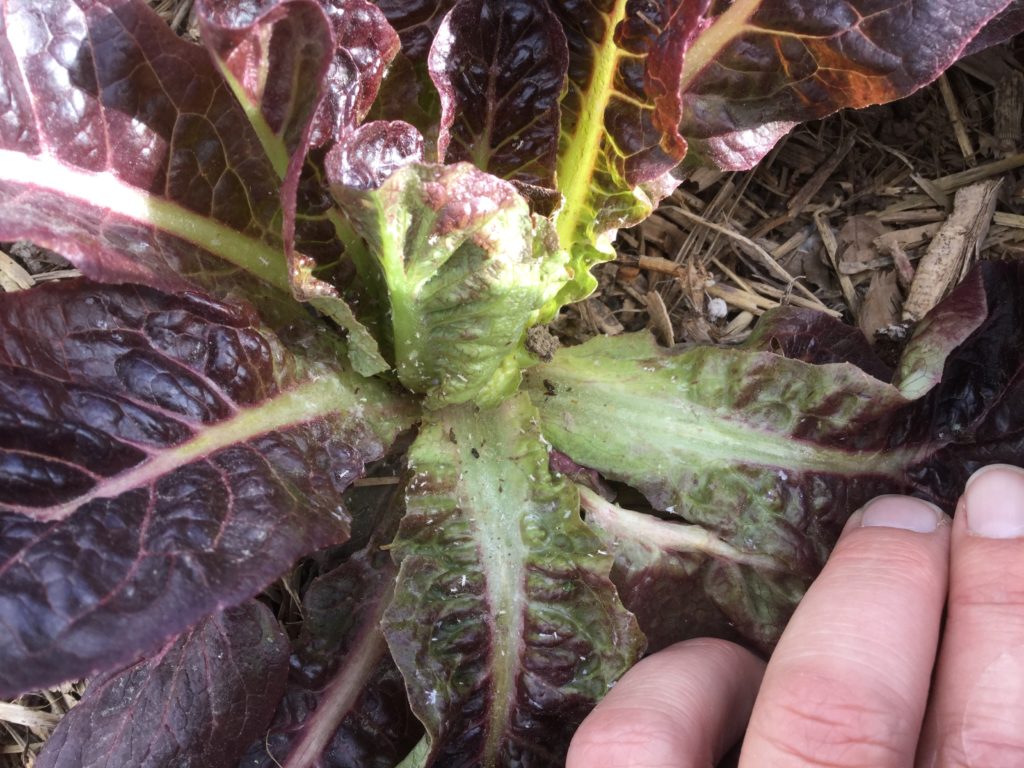 My beautiful crop of specialty romaine lettuce was a complete loss. While they will feed the rabbits and chickens, which in turn will feed the soil, I wanted them for market, and they are not fit to sell at market.
My beautiful crop of specialty romaine lettuce was a complete loss. While they will feed the rabbits and chickens, which in turn will feed the soil, I wanted them for market, and they are not fit to sell at market.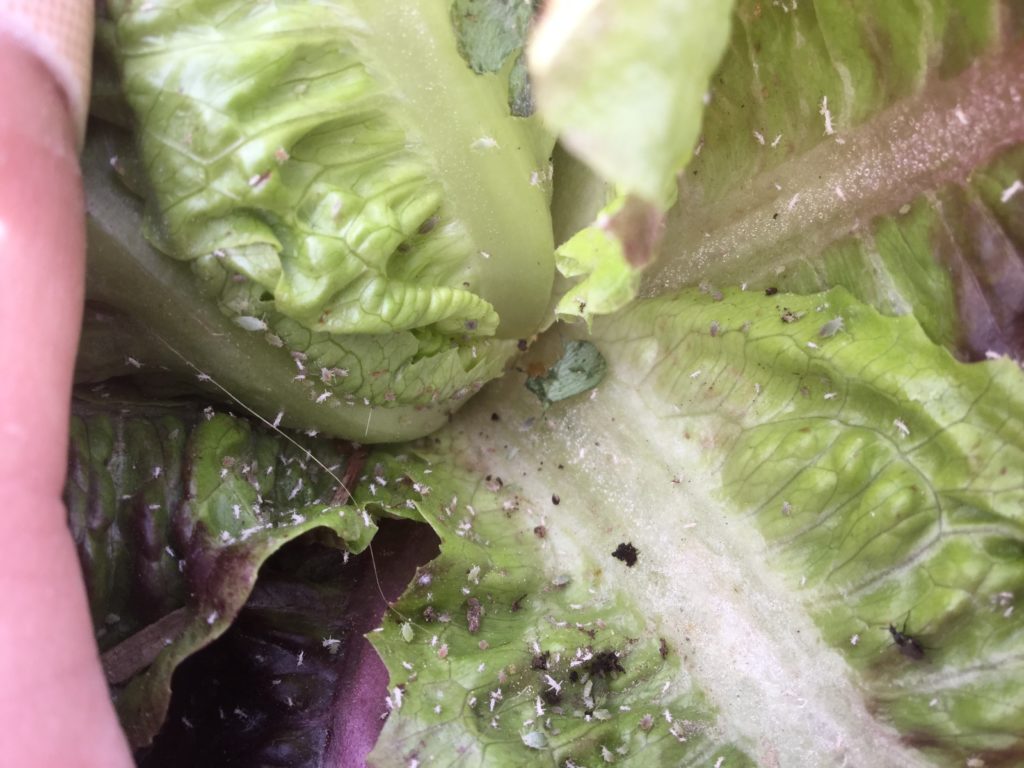
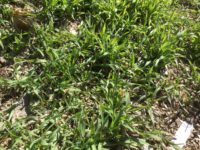
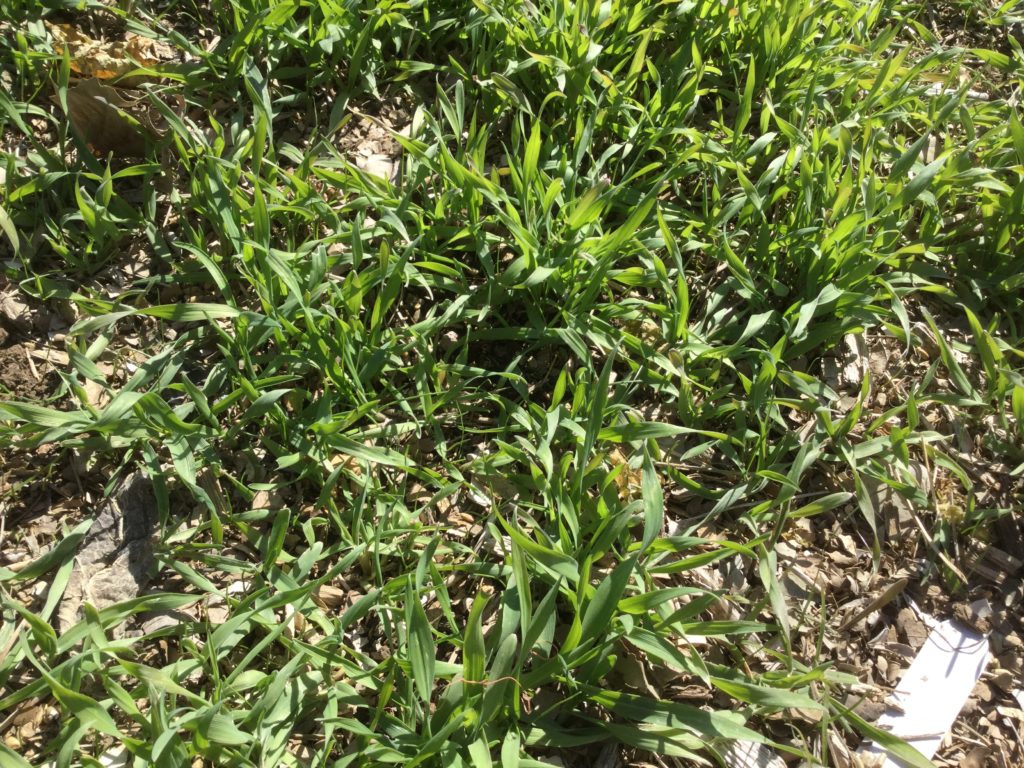
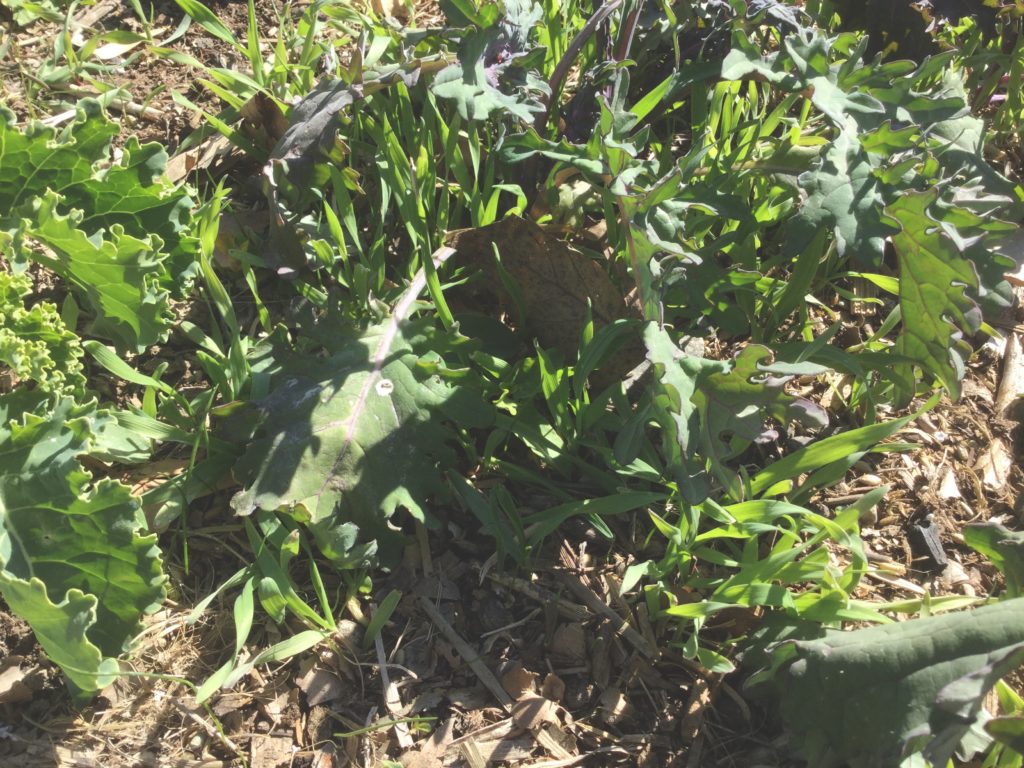 So what do I do in the spring when it comes to planting time with beds full of rye? It’s actually pretty simple. The rye gets mowed before it goes to seed. I used an annual rye grass, meaning it only lives one season. This next spring when we are ready to prepare the beds for planting the rye will be mowed down low and lightly turned in to the soil. This will add a lot of organic matter and create humus in the soil.
So what do I do in the spring when it comes to planting time with beds full of rye? It’s actually pretty simple. The rye gets mowed before it goes to seed. I used an annual rye grass, meaning it only lives one season. This next spring when we are ready to prepare the beds for planting the rye will be mowed down low and lightly turned in to the soil. This will add a lot of organic matter and create humus in the soil.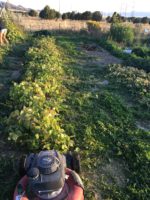
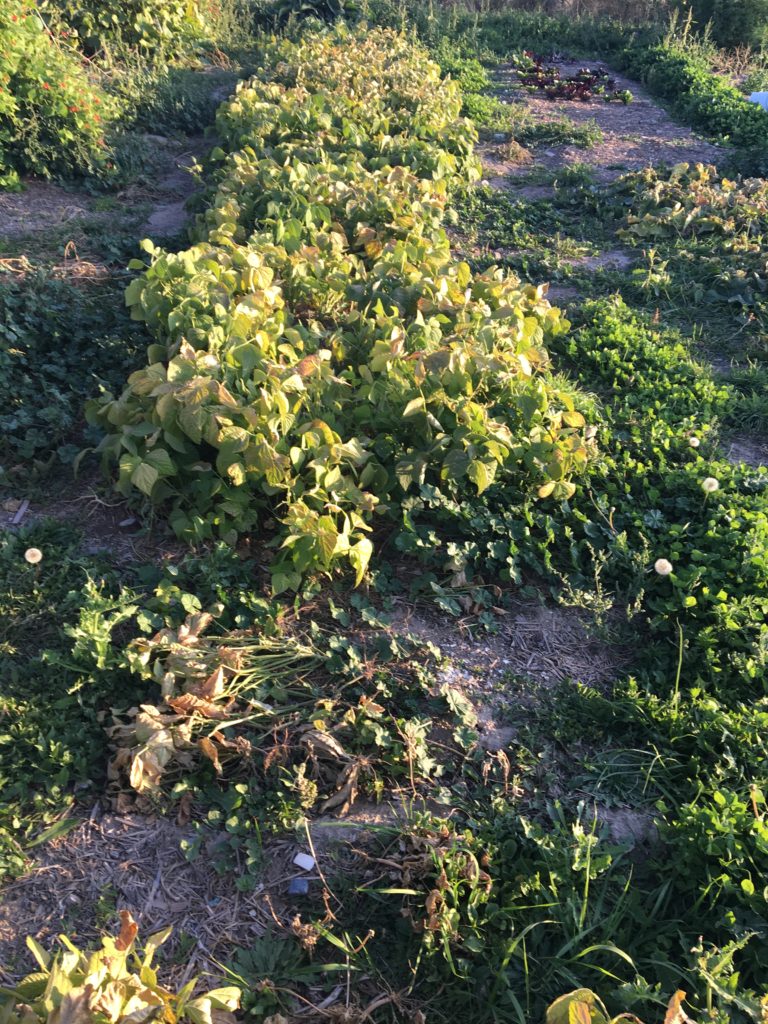
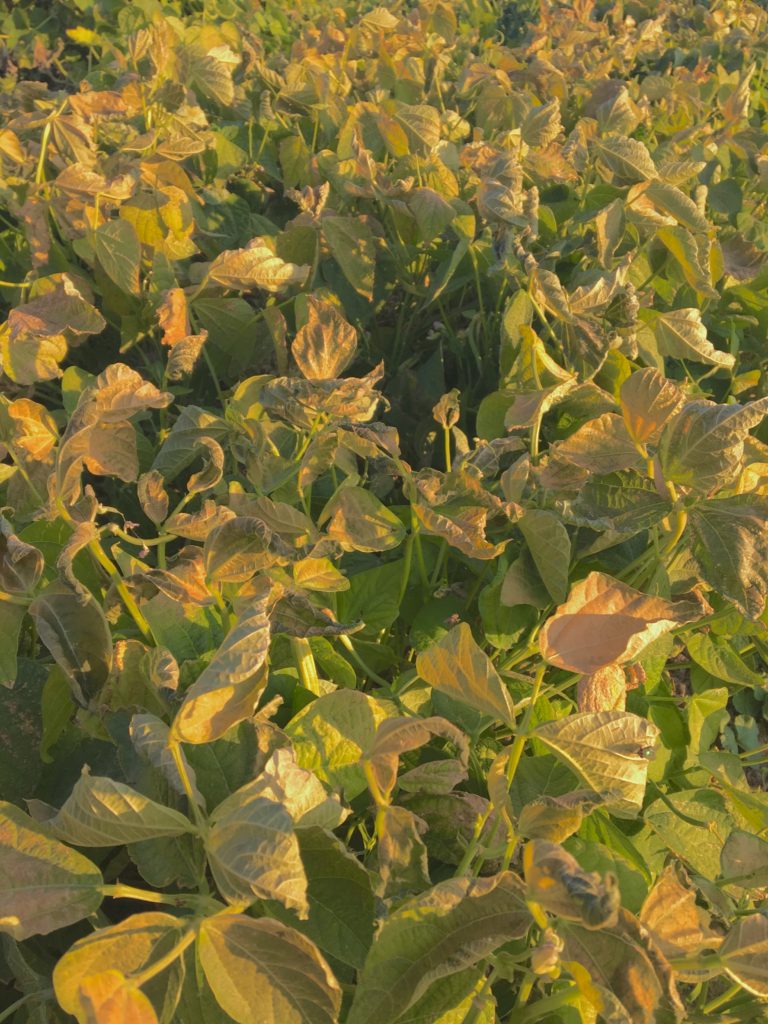
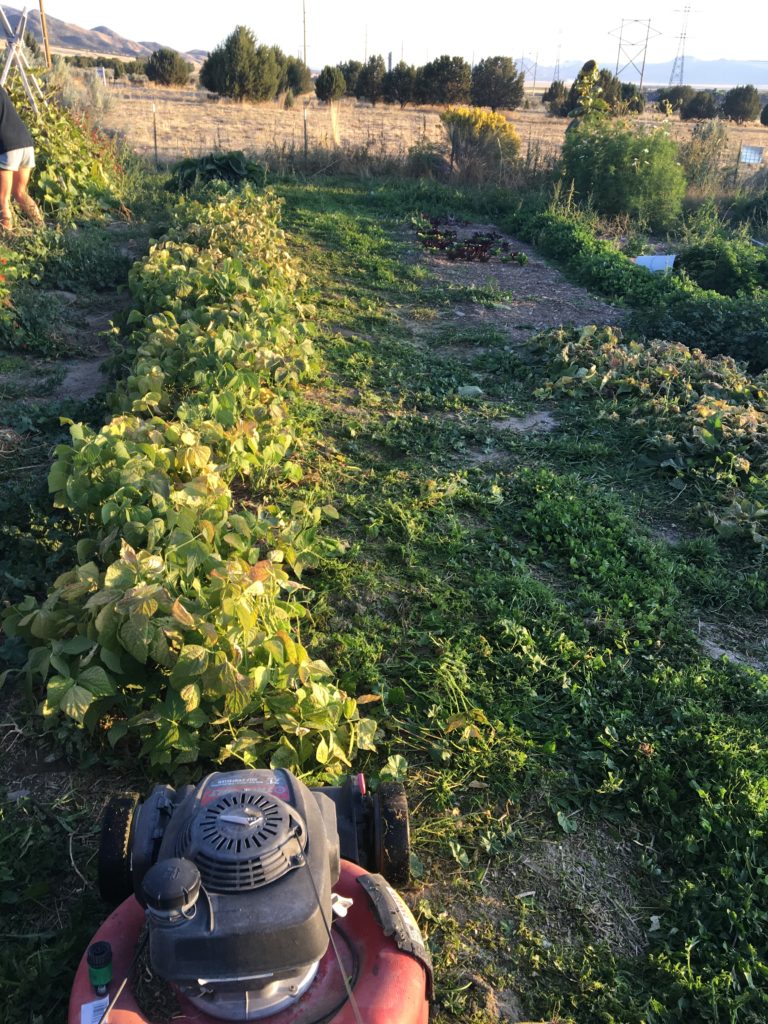
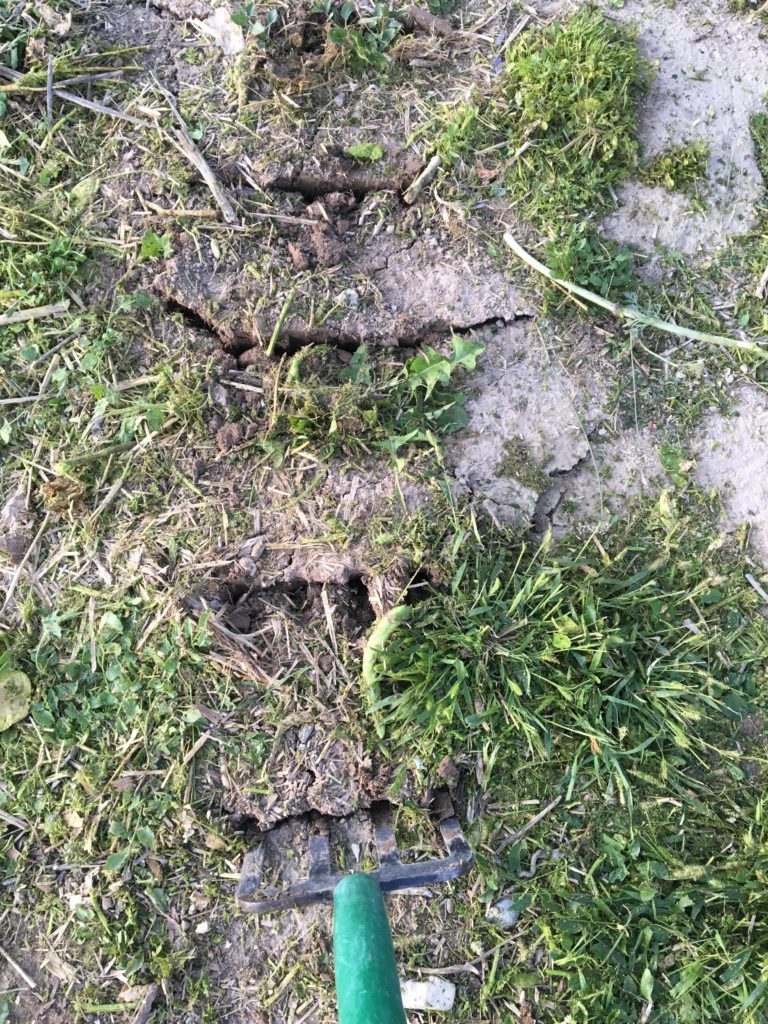
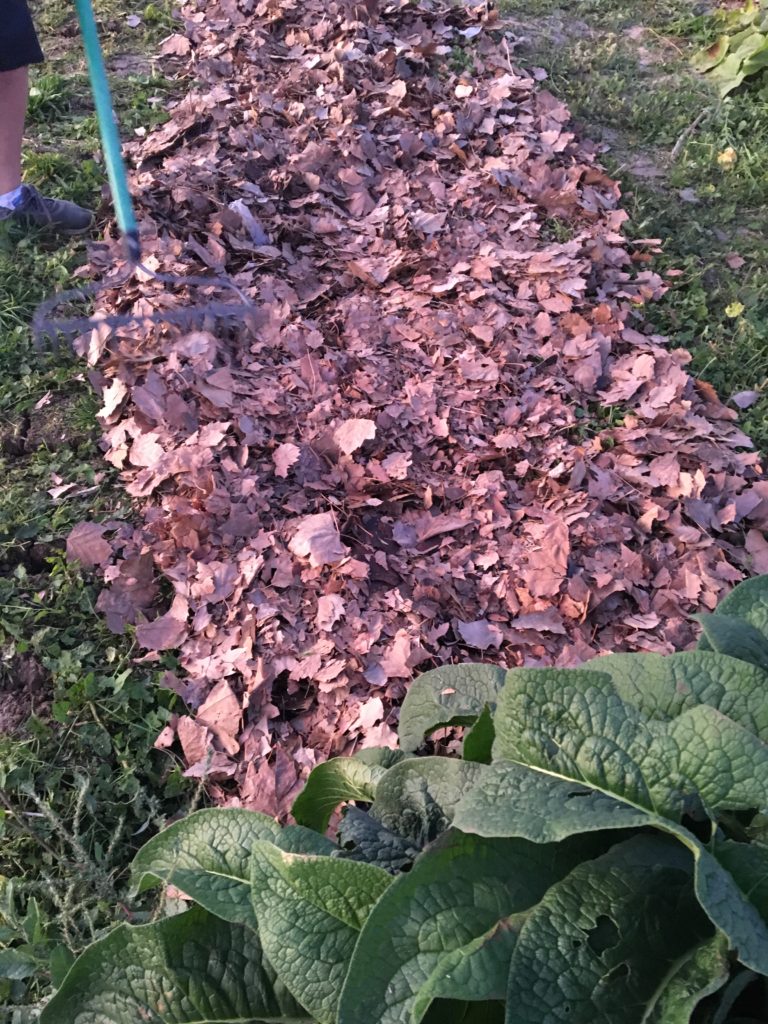
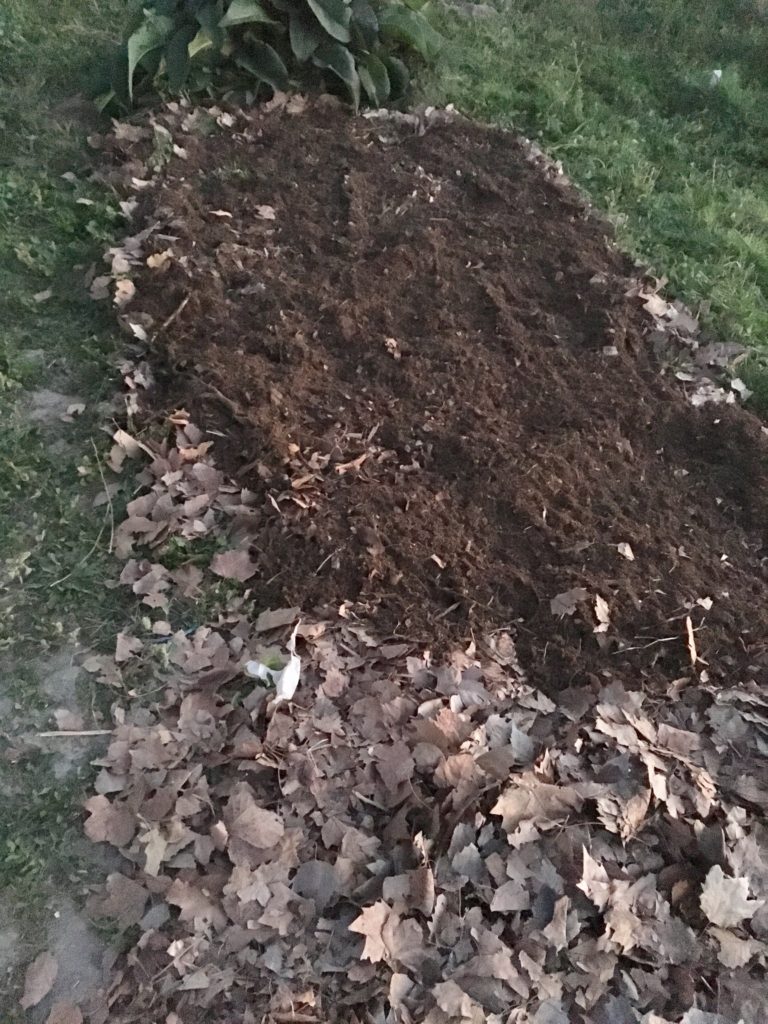
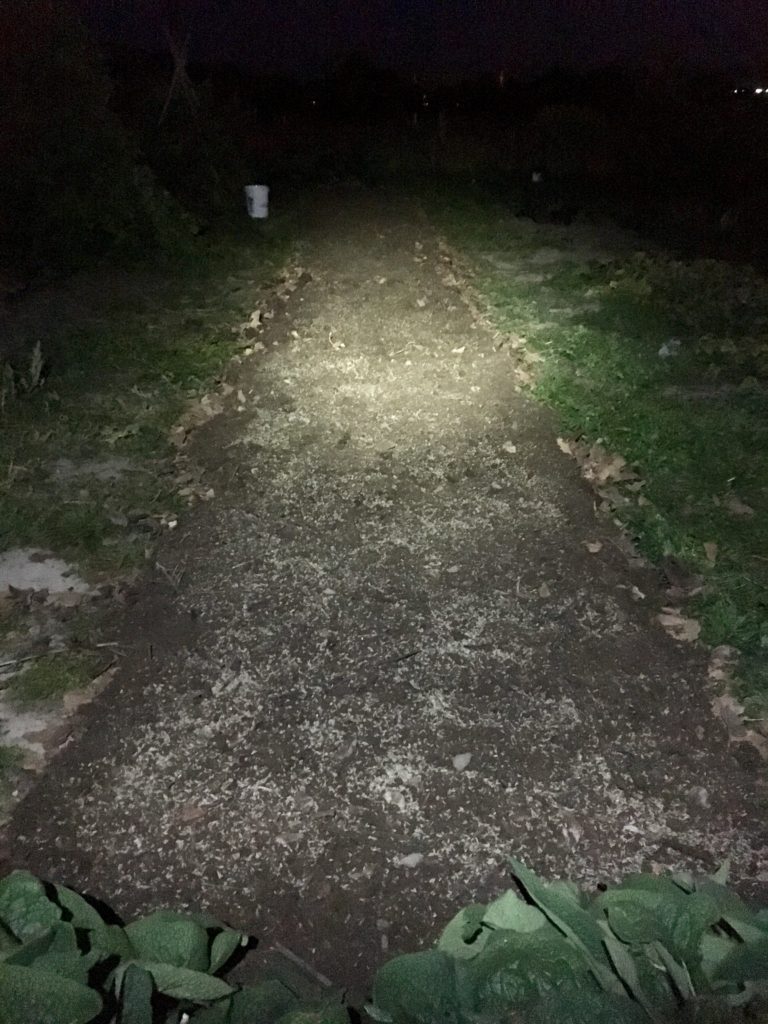
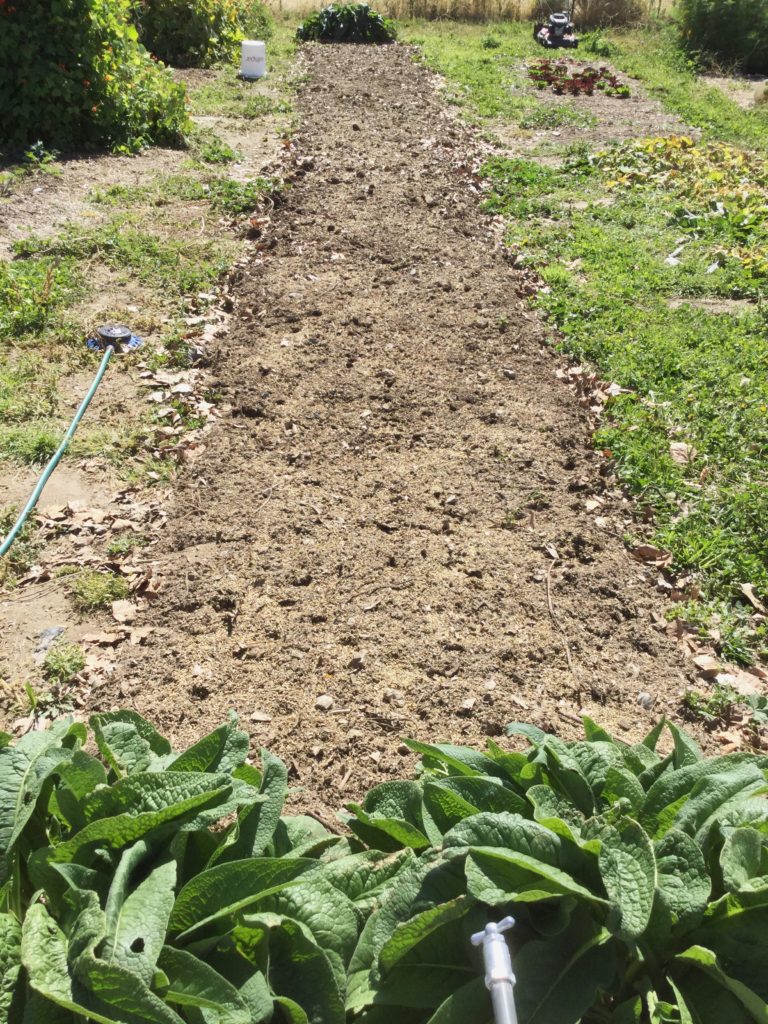
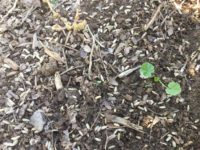
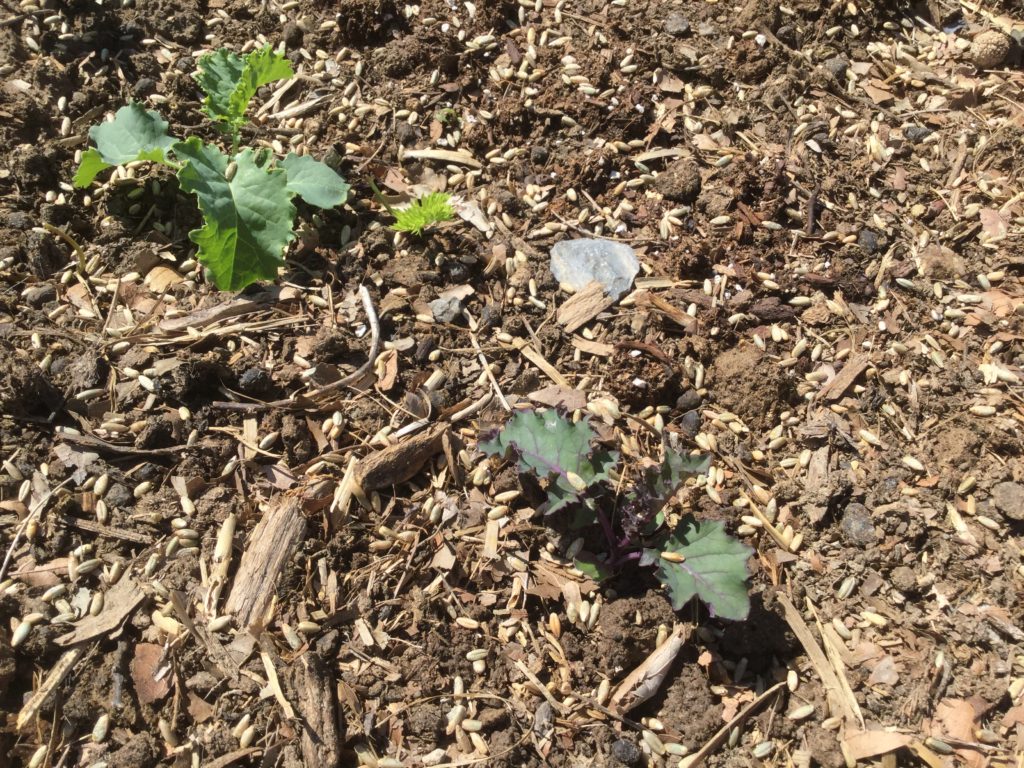
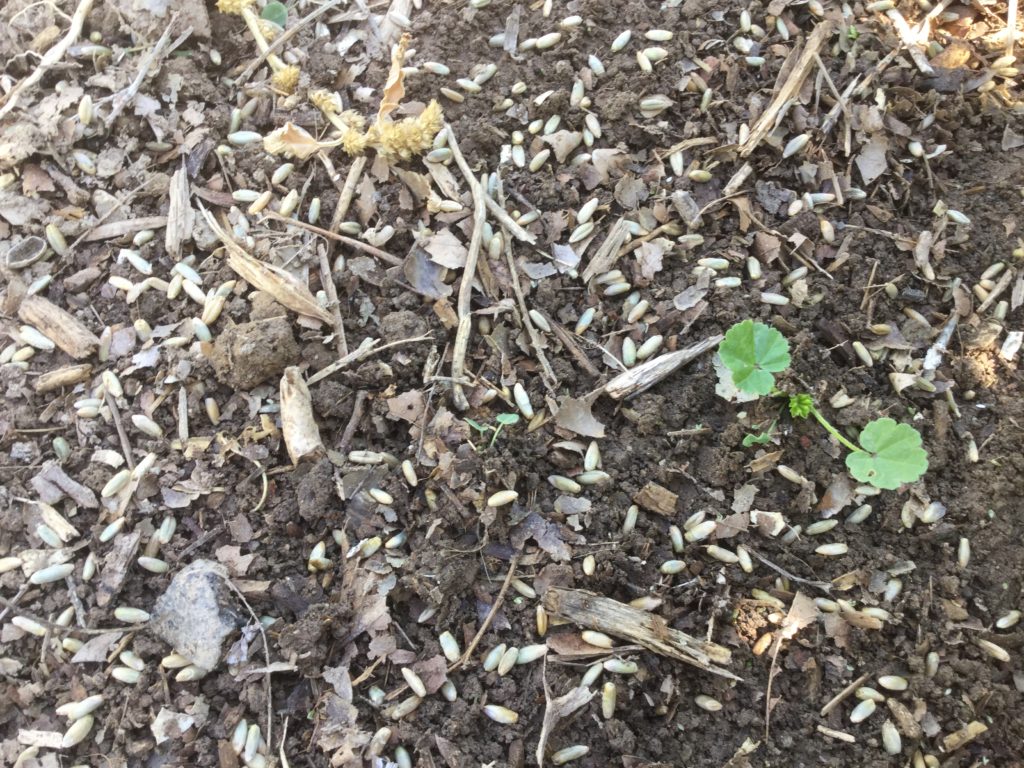
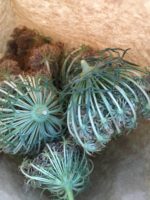
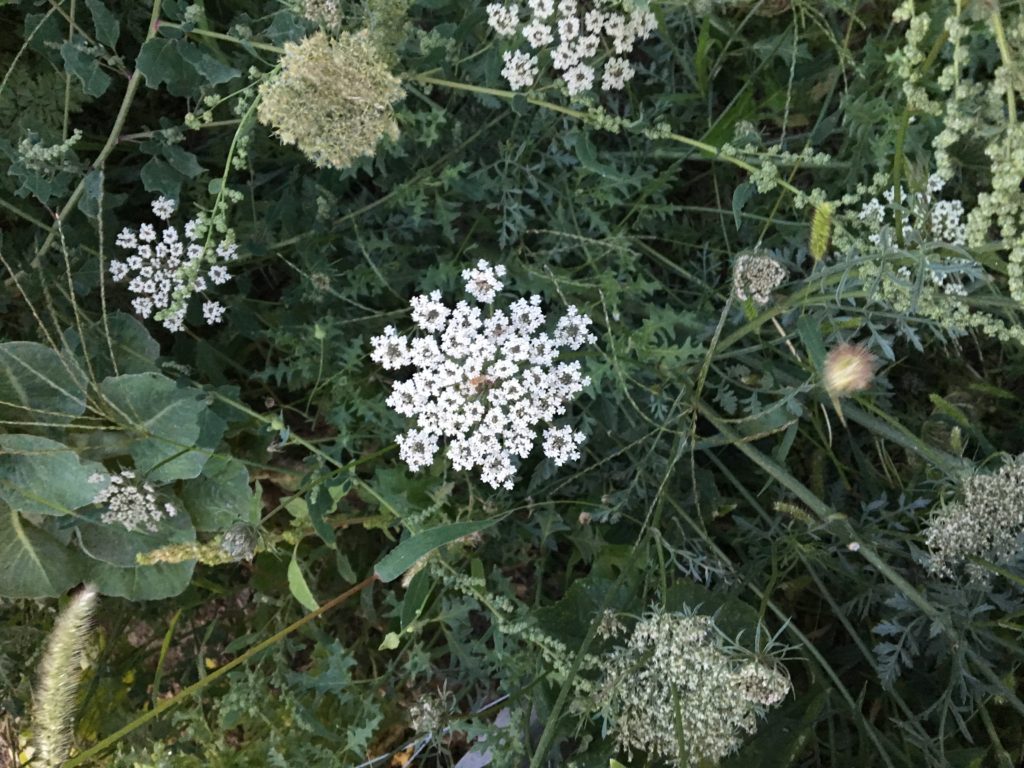 A few years ago I bought carrots seeds and the strangest thing happened. Instead of producing an edible root (well it may have been edible, but they certainly weren’t palatable) they went right to flower. This is strange, in that clearly I didn’t get the correct seed and typically plants in the carrot family are biannual and flower on their second year. It was a lovely mistake and I had a whole 50×4 foot row of beautiful Queen Ann’s Lace type flowers. I soon discovered that they were even better than beautiful, the bugs LOVED them. I had so many different types of pollinators that year that I decided they would always have a place in my garden. This has been quite easy in that they readily reseed themselves. In a permaculture garden it is very important to have plants that attract pollinators, the term is usually coined “pollinator strips”. We are preparing some new markets gardens from virgin land and will be adding perennial rows with bushes a few trees and flowers galore to attract pollinators. It is very easy to gather seeds from these flowers. As the flowers mature and the seeds ripen the heads curl inward, almost making a cup, I just clip off the head and drop it into a paper sack for safe keeping over the winter. This spring when its time to get our strips, or beds, of perennial plants ready those seeds will find a new home.
A few years ago I bought carrots seeds and the strangest thing happened. Instead of producing an edible root (well it may have been edible, but they certainly weren’t palatable) they went right to flower. This is strange, in that clearly I didn’t get the correct seed and typically plants in the carrot family are biannual and flower on their second year. It was a lovely mistake and I had a whole 50×4 foot row of beautiful Queen Ann’s Lace type flowers. I soon discovered that they were even better than beautiful, the bugs LOVED them. I had so many different types of pollinators that year that I decided they would always have a place in my garden. This has been quite easy in that they readily reseed themselves. In a permaculture garden it is very important to have plants that attract pollinators, the term is usually coined “pollinator strips”. We are preparing some new markets gardens from virgin land and will be adding perennial rows with bushes a few trees and flowers galore to attract pollinators. It is very easy to gather seeds from these flowers. As the flowers mature and the seeds ripen the heads curl inward, almost making a cup, I just clip off the head and drop it into a paper sack for safe keeping over the winter. This spring when its time to get our strips, or beds, of perennial plants ready those seeds will find a new home.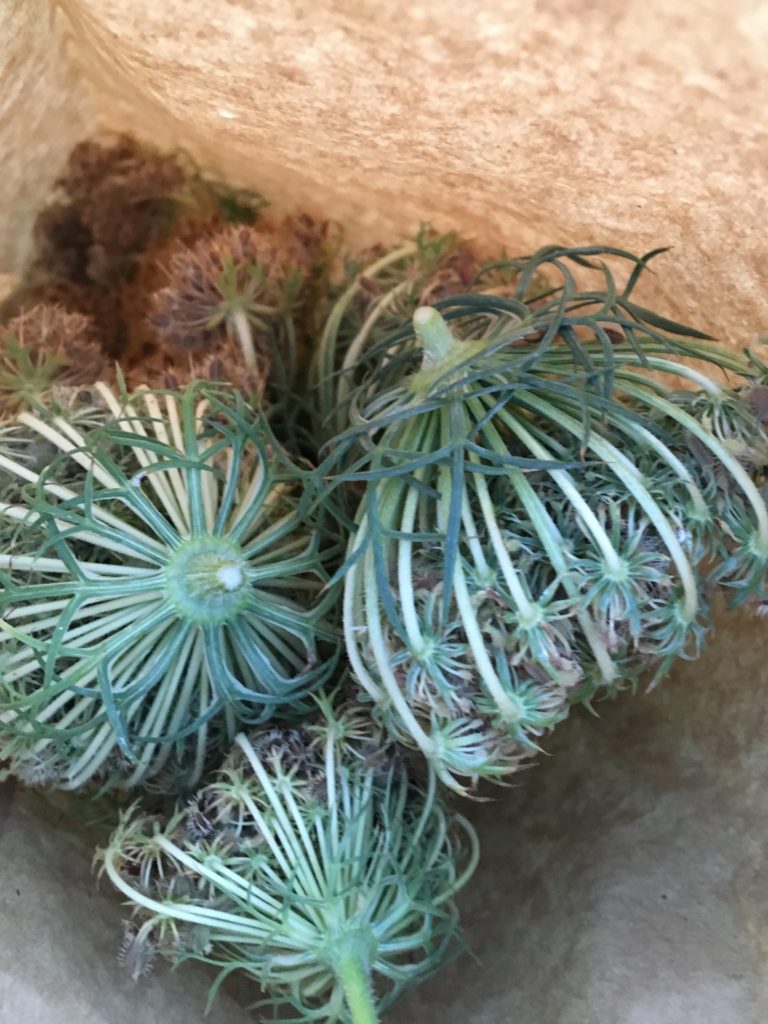
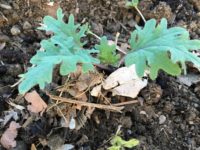
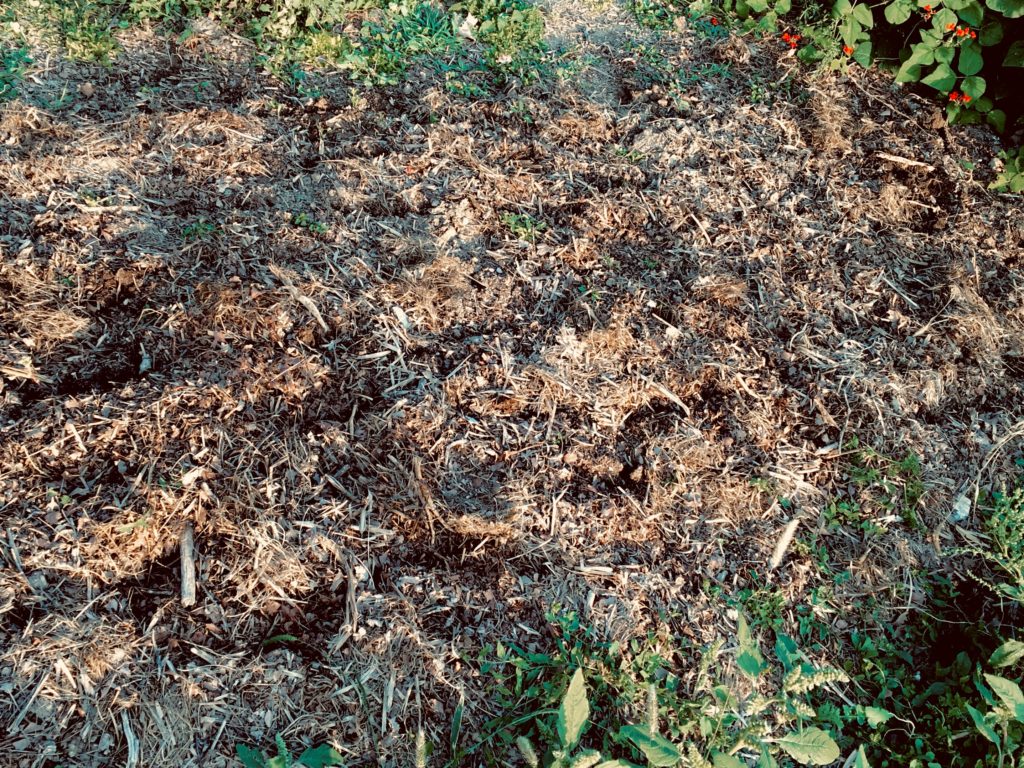
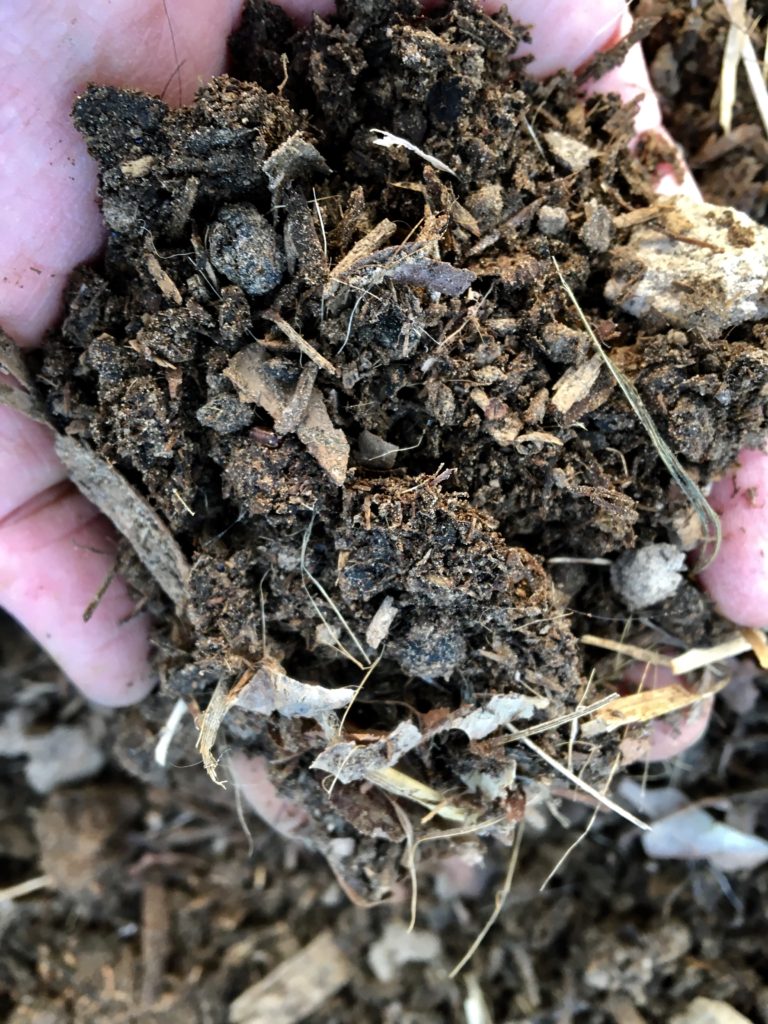
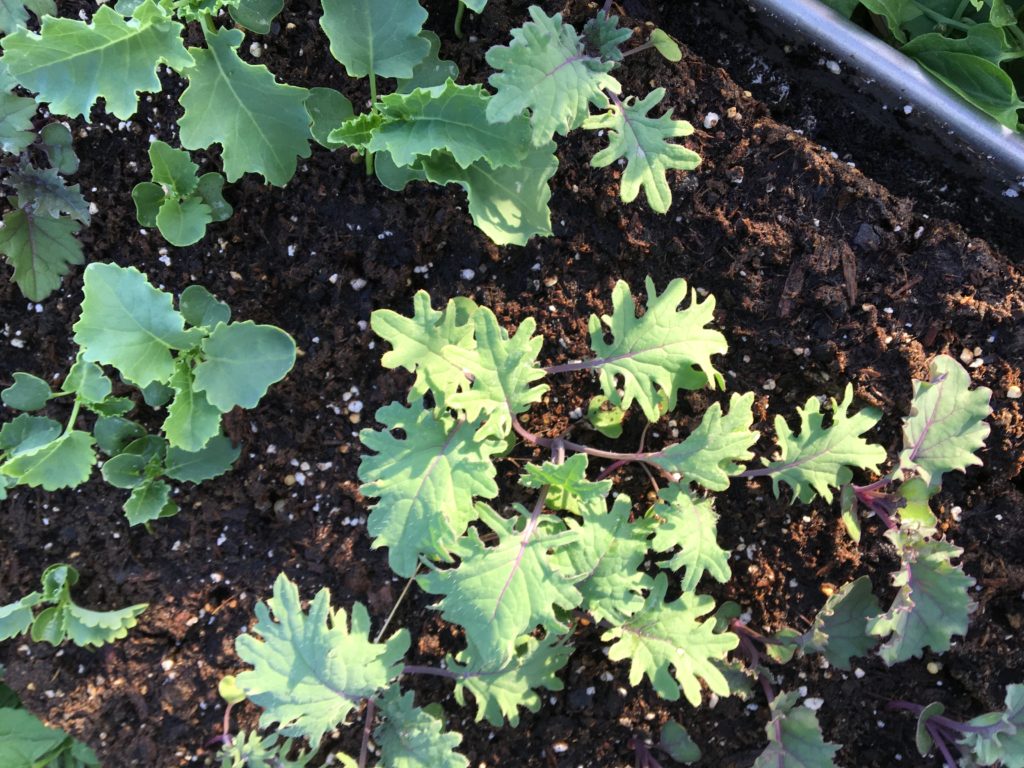 The little kale I had written about earlier are now big enough to go out into the garden. I prepared the bed, not with tilling, but using a fork I gently aerated, just lifting the fork a little, but not turning over the soil. The less disturbed it is the better for the soil health. I also added a nice layer or compost and gently raked it in.
The little kale I had written about earlier are now big enough to go out into the garden. I prepared the bed, not with tilling, but using a fork I gently aerated, just lifting the fork a little, but not turning over the soil. The less disturbed it is the better for the soil health. I also added a nice layer or compost and gently raked it in.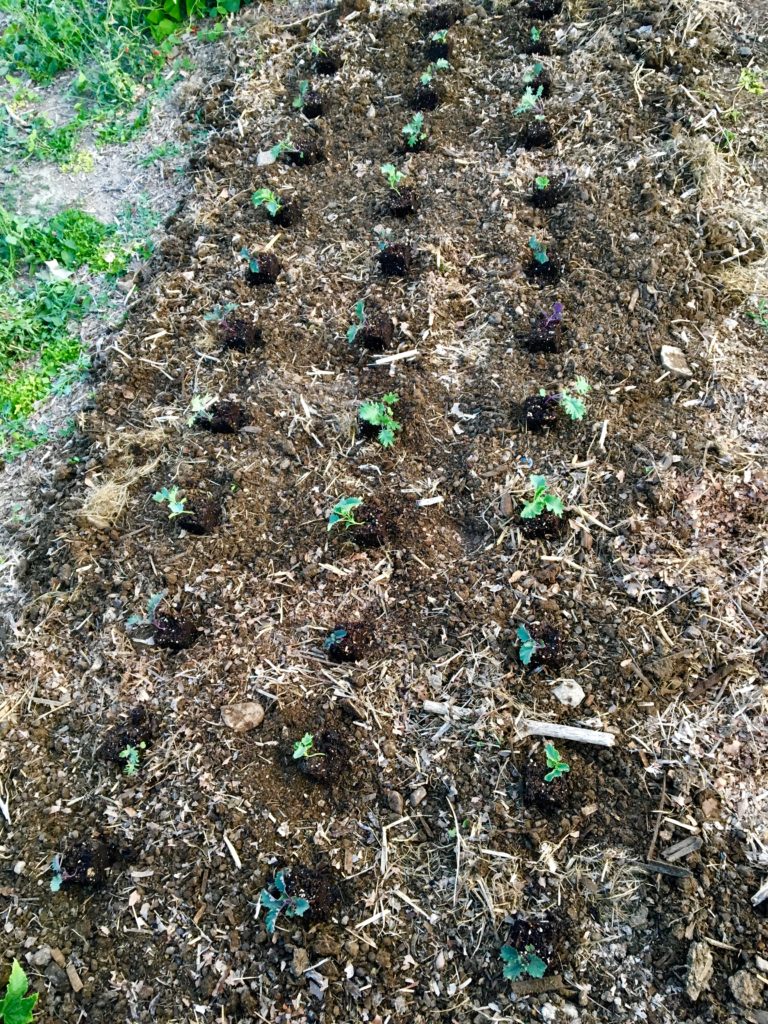 The seedlings were spaced evenly and planted with great care. I’m hoping to have some winter vegetables to add to the soup pot and perhaps have some to sell at market.
The seedlings were spaced evenly and planted with great care. I’m hoping to have some winter vegetables to add to the soup pot and perhaps have some to sell at market.